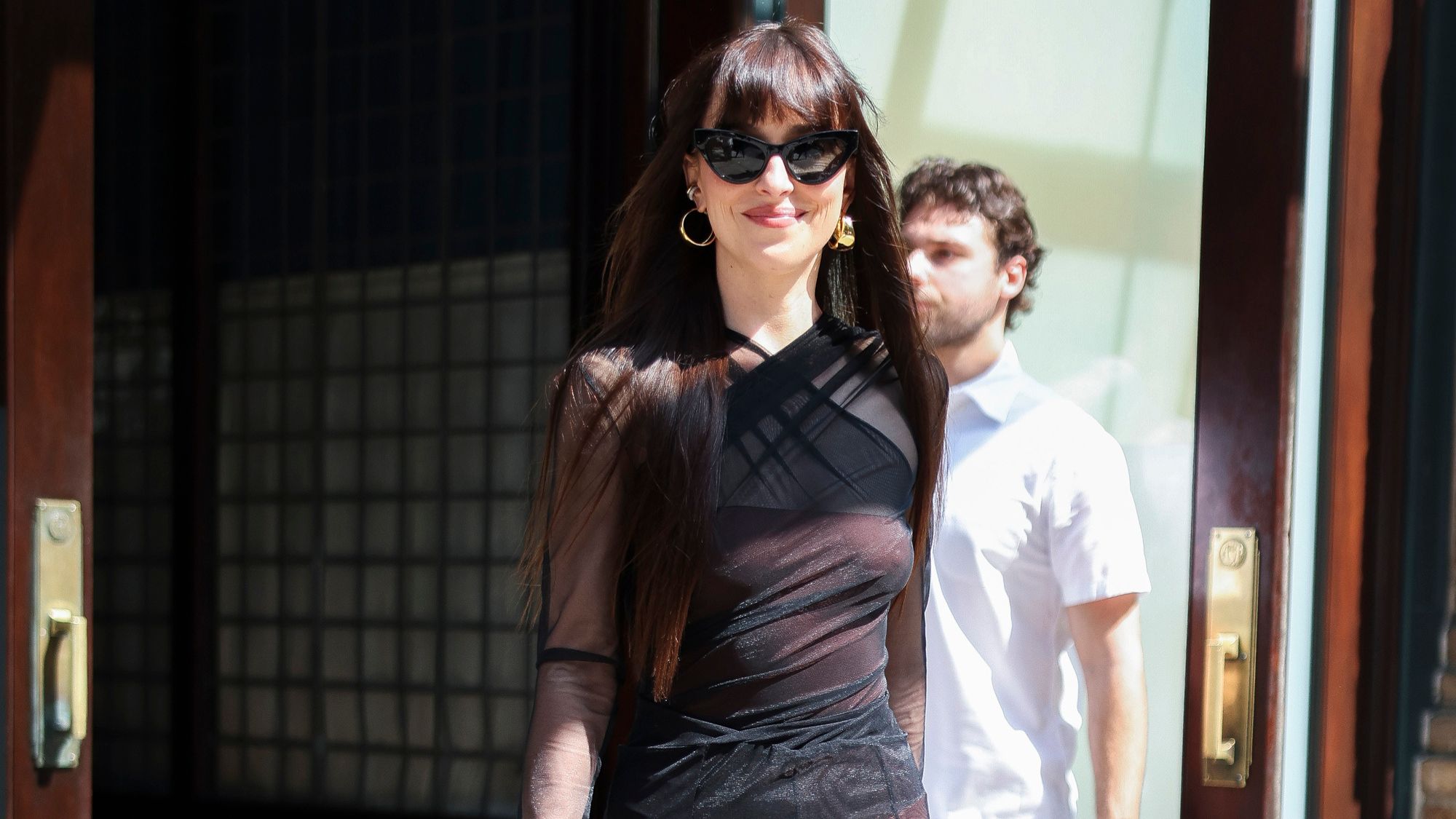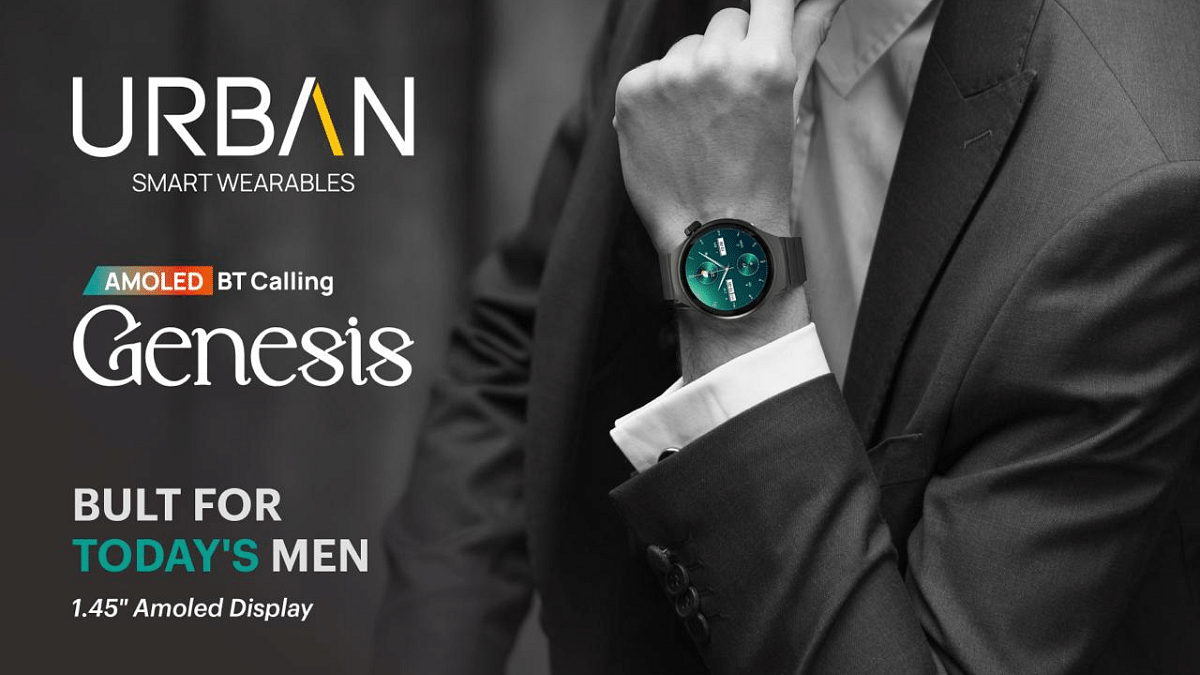12 Cool Baby Products From the 2025 ABC Kids Expo - Consumer Reports
In this article
You might have heard about the new safety regulations for nursing pillows that just went into effect at the end of April—but if not, here’s the tl;dr: All nursing pillows sold after April 30, 2025 have to adhere to specific design standards to help make them safer for babies.
CR safety advocates helped champion these changes after more than 150 infant deaths associated with nursing pillows, so we were naturally excited to see all the updated designs we hoped would be at ABC. Cue the sad trombone: Hardly any products built to the new specs were on display at the Expo. One significant exception was Boppy, which came out of the gate strong with a brand-new, compliant design for the company’s classic nursing pillow and a new “Uplift” nursing pillow developed in consultation with safety experts and child health experts.—Siobhan
Postpartum and early infancy feeding products tend to be utilitarian and ugly. Not so the beautiful new baby bottles and hand pump from Hegen, a feeding brand from Singapore. The bottles are made from polyphenylsulfone (PPSU), a sturdy plastic that can resist high temperatures, sterilization, and impact (what, your baby has never chucked a bottle out of the crib?) better than many other forms of plastic.
Hegen’s feeding system is available in a lovely golden color, and the stackable, squared bottles can also be used as food containers.
The bottle nipple is slightly offset, much like a real nipple, which (according to the brand—we haven’t tested this ourselves) allows the baby to feed in a more upright position. The bottles come in assorted sizes ranging from 2 to 11 ounces, with slow to fast flow nipples.
The manual pump, with its amber-hued plastic and pinky-beige handle, has a uniquely appealing look. It’s designed to work with the rest of the Hegen feeding system, letting breastfeeding parents pump directly into the bottle, then cap, refrigerate, and attach the bottle nipple for feeding, all without needing to transfer any milk. When you’re in the throes of postpartum and all the exhaustion, confusion, and inevitable spillage that entails, any task made simpler is easy to appreciate. —Angela
Ask any breastfeeding parent if they enjoy the process of pumping, and I’m betting you won’t get the most enthusiastic response. Pumping breastmilk can be painful, tedious, messy, and monotonous—it’s a means to an end, which is why any innovation in the pumping category catches my attention. Enter: Muu, a hands-free, wire-free, suction-based milk collection system. The 5-ounce, food-grade silicone pumps fit inside your bra cups (where tiny feet can’t easily kick them off, spilling your liquid gold) and silently help you express milk (no whirring motor required).
Toward the end of my breastfeeding journey, I relied more on my manual pump than my motorized setup, mainly for convenience’s sake (fewer wires and tubing!). But my manual pump wasn’t hands-free, which meant I sometimes pumped while driving one-handed (oops). Muu’s continuous suction means you can pump on the go, hands-free, whether seated or standing.
Muu comes with a pair of pumps that you can use together or separately, along with two lids for capping off your milk for storage or transport. It’s ideal for breastfeeding parents with average supply to oversupply, says founder Janice Gott. My favorite feature? The pump is made of a single piece of flexible silicone, making it easy to clean or sterilize—and simple to stash in your bag when you’re out and about. —Jess
There’s a reason most baby bottles are made of plastic: Plastic is durable, lightweight, and relatively inexpensive to produce. Plus, as a parent, knowing a plastic bottle won’t break if your baby somehow launches it is pretty priceless. But with research and awareness around microplastics on the rise—especially those originating in polypropylene baby bottles—some companies have begun offering glass versions of their bottles as an alternative. If you’re worried about the weight or breakability of glass, the Chicco Duo baby bottle is a bridge between two worlds: It’s plastic on the outside for durability and flexibility, and glass on the inside, meaning baby’s milk touches only 100 percent medical-grade glass that won’t shatter, crack, chip, or flake.
The first-of-its-kind bottle is lighter than its solid-glass counterparts, and safe to use in bottle warmers, sterilizers, and dishwashers. But what fascinated me most when I saw the Duo bottle in person is that the glass is bonded directly to the interior of the plastic, making it utterly breakproof and easy to clean. The feeding experts at Chicco also said that the bottle will stay clear, even after years of use. Most plastic bottles turn cloudy or discolored and can even become scratched after repeated cleaning, heating, and sterilizing, which is why experts recommend replacing plastic bottles after 3 to 6 months (this was news to me!). The Duo is designed to stand up to long-term use through multiple siblings, as the glass interior won’t degrade over time. —Jess
File under “practical solutions that have been staring us in the face but that somehow no one came up with earlier:” Chicco’s Stash Basket, available with the company’s 2025 Corso and Bravo stroller models, upgrades the standard stroller basket with a clever built-in zipper compartment. Zip items inside to keep them safely out of sight and out of the weather, or load your stuff right on top of the zip-up compartment, which collapses into the stroller basket when nothing’s inside. And it’s not some rinky-dink, crossbody-bag-sized thing either—the Stash Basket covers the stroller’s entire storage area, which is generously sized on both the Corso and the Bravo lines. —Siobhan
Do I need another stroller, strictly speaking? No. But I’m tempted by the beautiful, full-featured Oxford Travel System.
Maxi-Cosi exhibited two arguably more impressive strollers at the expo: The Fame Modular stroller has battery-powered lights, so evening walks (or afternoon walks, if you’re picking up your baby from day care at 5 p.m. in New England in January) are better lit and, crucially, safer, as you and your baby are more visible to passing drivers. And a new, not-yet-named resin-based stroller is unusual for its material and being made in the U.S. (the vast majority of strollers are produced overseas). Both are due out later this year.
And yet! It was the Oxford Travel System, available in fall 2025, that caught my eye. The modular stroller has a near-flat recline (as flat as any stroller seat I’ve seen) with a built-in bassinet that zips up and over the seat. This allows your littlest stroller rider to be safe and cozy without a bunch of bulky, space-hogging extra gear. When your baby’s a bit older, the bassinet can be zipped up and tucked away beneath the seat.
The Oxford also has an impressive canopy, a basket that can lug around a load of groceries, a highly adjustable handlebar (finally, something that would work for both my 6-foot husband and my 5-foot self!), a cushioned, comfy seat, and large tires that look like they’d be up to the task of the increasingly ravaged streets and sidewalks of my city. —Angela
The City Prix is a fully-tricked-out, true jogging stroller with all the bells and whistles, like a locking front wheel and all-wheel suspension, plus a few impressive special features. The City Prix converts from a stroller to a bike trailer in just a few snaps, with a hitch kit that’s sold separately. Plus, it includes a nifty seatback storage compartment that zips into a backpack. —Siobhan
WonderFold is well-known for its ingenious stroller wagon designs, from two-seaters with collapsible side walls to six-seaters with five-point harnesses for every tiny rider. But the company’s latest innovation is sure to become a category-defining moment: the E-assist, designed to work with its W-series wagons.
The electronic push support powers the wagon wheels with a slight boost, helping tired parents (hello, it’s me) lug a wagon full of children uphill (this should be part of a parenting triathlon, tbh) or cart a cache of playground equipment to and from the park. It’s the helpful extra feature that might just save your back.
I was also intrigued by the rocking mode: With the push of a few buttons, your wagon turns into a rocker on wheels with a gentle back-and-forth motion, perfect for when your playground warriors desperately need a nap under the canopy.
A rechargeable battery powers the E-assist and will feature an electric remote that is attached to the wagon’s handlebar. For safety, the WonderFold team tells us, the wheels are designed to move only when the control button is actively pressed. The E-assist feature is set to launch in spring 2026, and we can’t wait to test it out. —Jess
A full-featured high-end stroller at the (gulp) reasonable price of $650? That’s the DFY R1, a compact modular stroller with all the features and capabilities of many of the tank-sized strollers you see on city sidewalks. The DFY R1 is the most city-ready full-sized stroller I’ve seen in my several years of testing strollers (assuming it lives up to its promise; I haven’t tried it out in the real world yet). DFY is distributed by Doona, creator of the famous infant-only car seat stroller that inspired quite a few copycats—both brands are made for families who live in small spaces and are frequently on the go.
At 25 pounds, the DFY is on the lower end of typical overall stroller weight (compared with the Uppababy Cruz V2 at 25.5 pounds, the Nuna MIXX Next at 28.3 pounds, and the Mockingbird at 27 pounds). Its size is compact, with the seat low to the ground, similar to the Doona. But it’s still suitable for tall people—according to the brand, it has the highest handle height on the market. Its lowest handlebar height felt perfect for me, however, indicating that DFY has thought of its caregivers of various sizes when designing this stroller.
And the canopy! Sheesh. You’d just be able to see your kiddo’s toesies peeking out from under the canopy in its fully open position. If my pale-skinned toddler drifted off beneath the noise-dampening canopy, he’d be well-protected from the sun. —Angela
I remember being baffled by my son’s cries in the early days after his birth. Was he hungry? Gassy? Tired? Only now that he’s a toddler can I interpret his hollering (oh, that “ya ya ya” cry in the middle of the night clearly means “milk!”).
The new Motorola PIP1710 CONNECT with Adorable Intelligence baby monitor, due in September, promises to help tired parents translate their newborn’s communication. According to the brand, the AI (Adorable Intelligence—get it?) has 93 percent accuracy at interpreting a baby’s cries until they’re 6 months old. At that age, your baby’s early language development makes translation more difficult, although Motorola tells us that understanding older babies’ crying and babbling is a project already in the works with its partner Zoundream (which also powers the Cry Assist technology available with the Maxi-Cosi Starling Smart Bassinet).
Other cool features we appreciated about this monitor’s app-assisted tech: The brand claims the product can help predict colic (!!); it offers a chat function so you can get help understanding what your little one is trying to express; and it comes with a touchscreen monitor so you don’t have to exit out of TikTok to check in on your kiddo. —Angela
New in March of this year, the Graco GoMax baseless infant car seat installs literally in seconds, with rigid LATCH connectors that snap right into your car. (It also comes with an optional base, which is just as easy to snap in.)
The GoMax looks and feels like a high-end car seat—squishy-soft fabrics, no-rethread harness—but sells for a relatively budget-friendly price. And it’s also available with a travel bundle that includes a car seat stroller frame that folds up small enough to fit in an airplane overhead compartment, plus a travel backpack. You have to love when the travel bag comes with the stroller or car seat—because when sold separately, those things are not cheap.—Siobhan
Car seat nerds that we are, we enjoyed a nice long chat with the folks at BabyArk. This innovative convertible car seat (one of Time’s Best Inventions of 2024) was adapted from military technology by the company’s founder, a father and engineer.
Because the BabyArk seat is built on a steel frame that won’t degrade as quickly as plastic, it doesn’t come with an expiration date like most car seats. The BabyArk includes both a load leg and anti-rebound bar, plus side-impact protection features and a steel coil designed to absorb crash energy. A new “Smart” BabyArk, released in late 2024, includes some swish add-ons like an app-assisted installation powered by built-in sensors, and an LED light in the base that flashes green when you’ve installed the seat correctly. At $790 for the “Basic” version, this seat doesn’t come cheap, but for some parents, the features and design may be worth the price. —Siobhan
My jaw was on the floor while I watched the 30-second installation of the AXKID One+3 rear-facing car seat in person at the Expo. Not to wax too poetic, but it was a symphony of clicks, latches, and ratchets, and it was incredibly satisfying to watch. CR has not tested the Swedish-designed One+3 as it’s not yet available in the U.S. market, but the thoughtfully designed car seat has passed Sweden’s rigorous safety standards and the ADAC safety test, considered to be one of the most rigorous car seat safety tests in Europe. But what stood out to me the most about this stunning seat is the fact that it can be used rear-facing from birth (with an infant insert) up until age 7 or 23 kilograms (50 pounds), with a sliding feature that allows for extra legroom as your kid gets taller.
The company says the car seat has a lifespan of 15 years, and it features both a load leg that extends to the car floor and a support bar that pushes into the rear seat. Installation relies on the car’s ISOFIX (the EU equivalent to LATCH) and later switches to the car seat belt once your child exceeds the ISOFIX weight limit.
The One+3 doesn’t come cheap, at a whopping 849.99 euro (about $966.49 at time of publishing), but it comes flush with features like magnetic harness holders, a kid-friendly frame with a handlebar for littles to climb in on their own, a one-handed recline feature for inevitable car naps, and an extendable headrest, highly considered details any parent (or child) is sure to appreciate. —Jess
Additional reporting by Siobhan Adcock.
Angela Lashbrook is a senior multimedia content creator at Consumer Reports. She has been with CR since 2021 and covers a wide range of topics, but she is particularly interested in anything health- or parenting-related. She lives with her husband, their son, and her dog, a Libra named Gordo.
Jessica D’Argenio Waller, MS, CNS, LDN
Jessica D’Argenio Waller is a baby and health writer and editor at Consumer Reports, covering a range of topics, from strollers to infant formula to safe sleep practices. Before joining CR in 2025, she was editorial director at Motherly. Jessica is a licensed and board-certified nutritionist, a mom of two, and an avid runner and home cook.










_w=1200_h=630_pjpg.jpg?v=20230522122229)


